This book presents a comprehensive and modern approach to the imaging of nontraumatic and traumatic emergencies in pregnant patients. Readers will find a careful review of the relevant imaging-related clinical literature, explanation of imaging appropriateness criteria and guidelines, and enlightening discussion of current controversies in the emergency imaging of obstetric patients. The opening chapter discusses general principles of emergency imaging during pregnancy and offers an overview of an evidence-based approach to imaging interpretation. The remainder of the book describes specific applications of ultrasound, MRI, radiography, and MDCT for the imaging of common as well as less common acute brain, spine, thoracic, abdominal, and pelvic conditions during pregnancy. Clear guidance is offered on the unique challenges that may be encountered during such imaging. Emergency Imaging of Pregnant Patients is written by a group of leading North American and European emergency and trauma radiology experts. It will be of value to emergency and general radiologists, to emergency department physicians and related personnel, to obstetricians and gynecologists, to general and trauma surgeons, and to trainees in all of these specialties.
Puntos claves
- Illustrates best practice and pitfalls in emergency and trauma imaging of pregnant patients using a head-to-toe approach
- Provides updated protocols for different imaging techniques
- Addresses current controversies
Índice de Emergency Imaging of Pregnant Patients 1st edition
1: Emergency Imaging of the Pregnant Patient: General Principles
1.1 Epidemiology
1.2 Physiologic Changes in Pregnancy
1.3 Radiation Considerations in Pregnancy
1.4 Introduction to Imaging Modalities in Pregnancy
1.5 Conclusion
2: Imaging of Neurological Emergencies During Pregnancy and the Puerperium
2.1 Neurovascular Complications of Pregnancy
2.2 Pre-eclampsia and Eclampsia, Including HELLP Syndrome
2.3 Imaging in Pre-eclampsia and Eclampsia
2.4 Acute Ischemic Stroke (AIS) and Intracranial Hemorrhage (ICH)
2.5 Acute Ischemic Stroke
2.6 Subarachnoid Hemorrhage (SAH)
2.7 Intracranial Hemorrhage (ICH)
2.8 Cerebral Venous Sinus Thrombosis (CVT)
2.9 Post-partum Angiopathy
2.10 Posterior Reversible Encephalopathy Syndrome
2.11 Pituitary Apoplexy
2.12 Lymphocytic Hypophysitis
2.13 Intracranial Hypotension Syndrome Associated with Epidural Anesthesia
2.14 Safety of Contrast Material Use During Pregnancy and Lactation
2.15 Iodinated Contrast Agents
2.16 Iodinated Contrast Agents During Breastfeeding
2.17 Gadolinium-Based Contrast Agents
2.18 Conclusion
3: Imaging of Thoracic and Cadiovascular Emergencies During Pregnancy
3.1 Introduction
3.2 Physiological Changes in Pregnancy
3.3 First-Line Conventional Imaging Modalities
3.4 Second-Line Imaging Modalities
3.5 Lung Emergencies
3.6 Cardiac Emergencies
3.7 Chest Trauma
3.8 Thoracic Cage Injuries
3.9 Pneumothorax
3.10 Pneumomediastinum
3.11 Parenchymal Contusions
3.12 Conclusion
4: Non-traumatic Abdominal and Pelvic Emergencies in Pregnant Patients: Role of Ultrasound
4.1 Acute Appendicitis
4.2 Acute Biliary Disorders in Pregnancy
4.3 Acute Urinary Tract Disease
4.4 Adnexal Torsion
4.5 Pelvic Masses Presenting Emergently in Pregnancy
5: MRI Evaluation of the Pregnant Patient with Suspected Appendicitis: Imaging Considerations and Alternative Explanations for Abdominal and Pelvic Pain
5.1 Introduction
5.2 MR Imaging Technique and Considerations in Pregnancy
5.3 MR Findings of Appendicitis
5.4 Hepatobiliary Causes of Abdominal Pain
5.5 Gastrointestinal Causes of Abdominal Pain
5.6 Genitourinary Causes of Abdominal Pain
5.7 Obstetrical and Gynecologic Causes of Abdominal Pain
5.8 Conclusion
6: Imaging of Non-obstetric Pelvic Emergencies
6.1 Gastrointestinal
6.2 Gynecological
6.3 Genitourinary
6.4 Conclusion
7: Imaging of Abdominal and Pelvic Trauma in Pregnant Patients
7.1 Introduction
7.2 Imaging
7.3 Conclusions
8: Imaging of Early Obstetric Emergencies
8.1 Introduction
8.2 Early Embryo Development with Sonographic Correlation and Viability Assessment
8.3 Ectopic Pregnancy
8.4 Conclusion
9: Imaging of Late Obstetrical and Post-partum Emergencies
9.1 Introduction
9.2 Late Obstetrical Emergencies
9.3 Immediate Post-partum Emergencies
Más libros de emergencias obstétricas »
Síganos en Facebook »


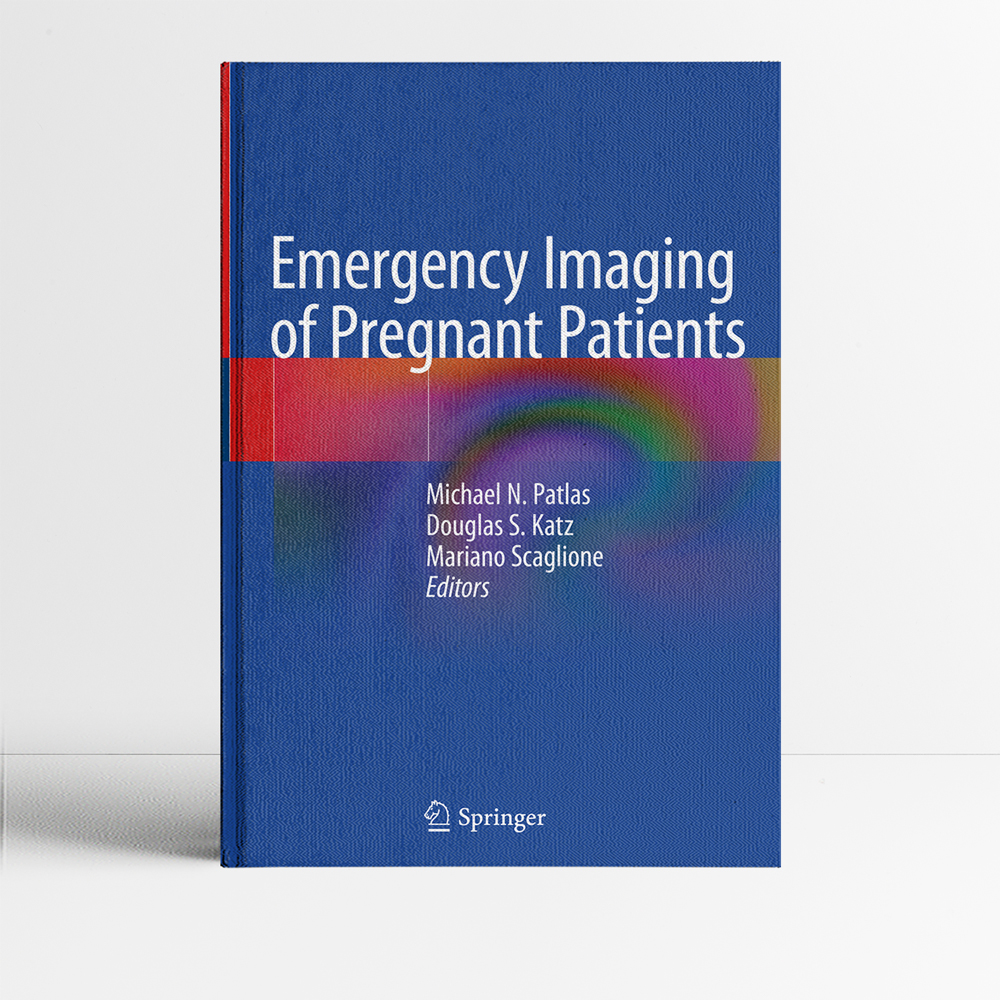

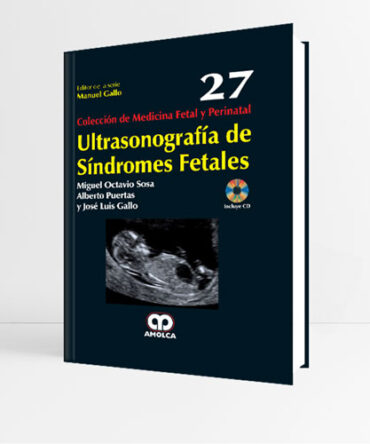
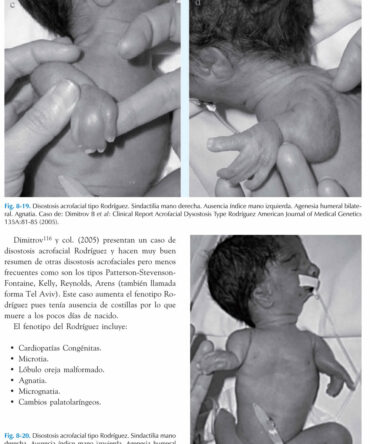
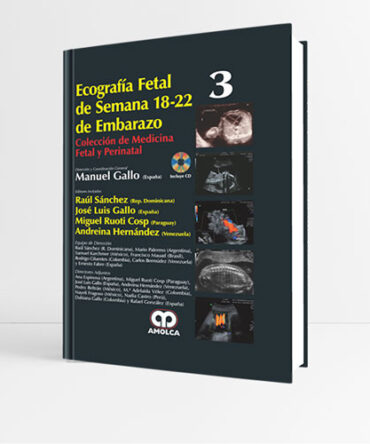
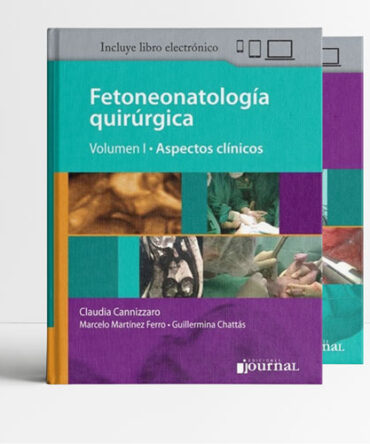
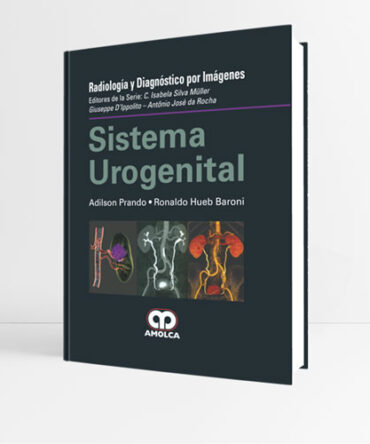
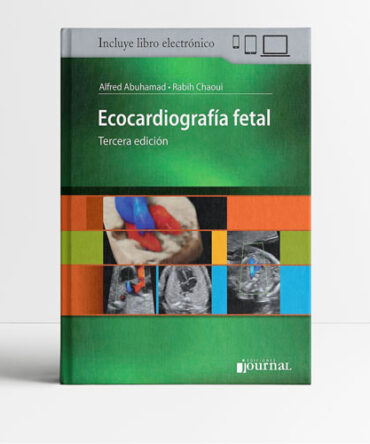
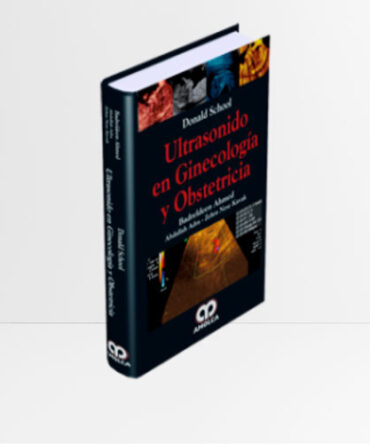
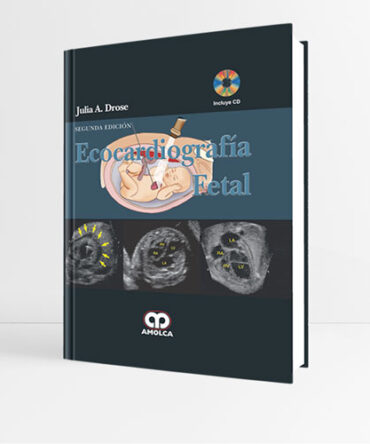
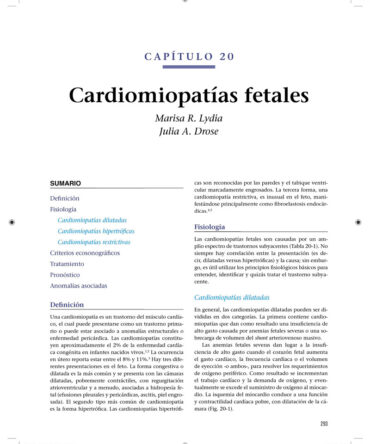
Valoraciones
No hay valoraciones aún.